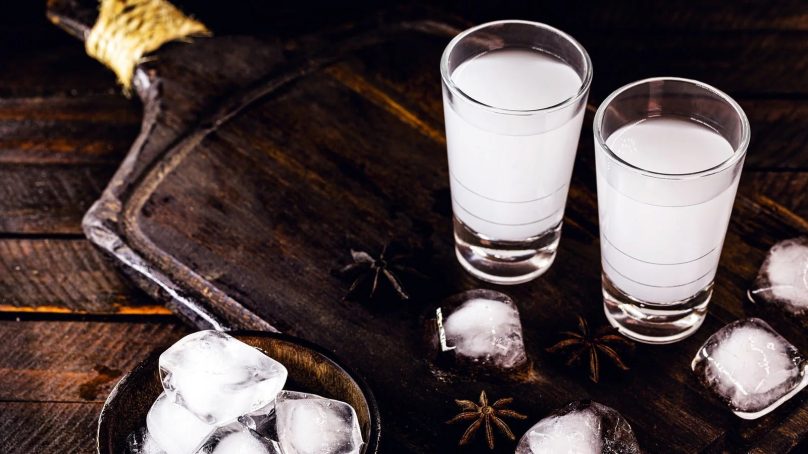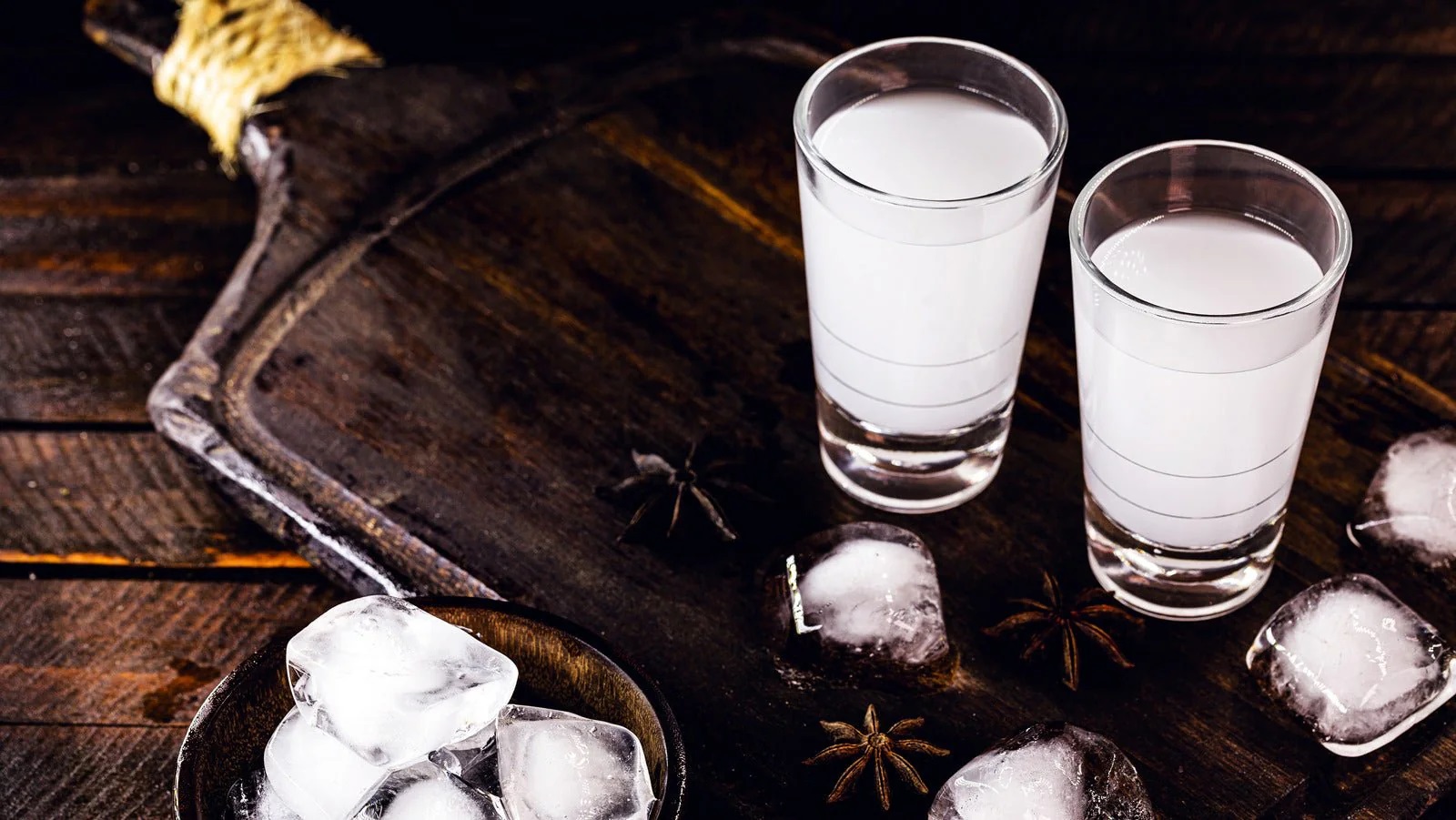

Arak innovation
A Lebanese company recently introduced a premixed arak, blending traditional flavors with passion fruit, mint, rose and mulberry juice. Although the bottling and labeling did not meet industry standards, the liquid itself proved remarkably smooth, well-balanced and refreshingly acidic at the finish. Undoubtedly, this type of drink is perfect for summer, best enjoyed at the beach in a large wine glass filled with ice cubes. Consequently, questions arise about why the arak industry remains so conservative. It adheres strictly to triple distillation and traditional bottlings while resisting modernity and emerging market opportunities.
Lebanon’s national drink
Arak is widely recognized as Lebanon’s national drink. It is deeply embedded in the country’s culture, identity, traditions and historical DNA. Every year, around 30 distilleries produce over 2.7 million bottles, with 30 percent exported to the USA, UAE, Europe, Iraq and South America. Since homemade arak, also known as arak baladeh, remains prevalent, the actual production volume cannot be accurately determined or officially recorded. Consequently, this unregulated industry disrupts producers’ efforts to establish market regulations while wrestling with the rising cost of grape and anise seed costs. Nevertheless, despite these challenges, arak production continues to grow annually as Lebanon’s economic crisis drives consumers toward supporting more locally made products.
The challenges
Today, three challenges face the Lebanese arak industry:
1) Market regulation
Arak producers should collaborate and establish a unified organization, similar to the UVL, to promote Lebanese arak globally and ensure recognition. This initiative requires government support, just as France, Italy and Spain heavily assist their respective wine industries for global success.
2) Diversification
Arak producers should guide the market toward modern consumption trends by introducing it into bartending, cocktails, gastronomy and other emerging beverage segments. Additionally, arak serves as an excellent palate cleanser since anise essential oil refreshes taste buds. It also helps maintain heightened sensory awareness. Therefore, consumers can enjoy arak in new ways by incorporating it into diverse food pairings and creative cocktail combinations.
3) Premiumization
Arak producers should focus on premiumization by adopting advanced fermentation, distillation and aging techniques to strengthen their position against growing competition. Moreover, these innovations would provide Arak with a distinctive edge. It also helps producers absorb rising raw material costs that continue threatening the industry.
While there are bright days ahead for arak, the industry requires care, help and support. The Lebanese have been focused on their wine industry for look long, so it is time that they switch toward the national drink to protect it and ensure it is regulated.

Salim Heleiwa,
General manager of The Malt Gallery
@themaltgallery
themaltgallery.com












